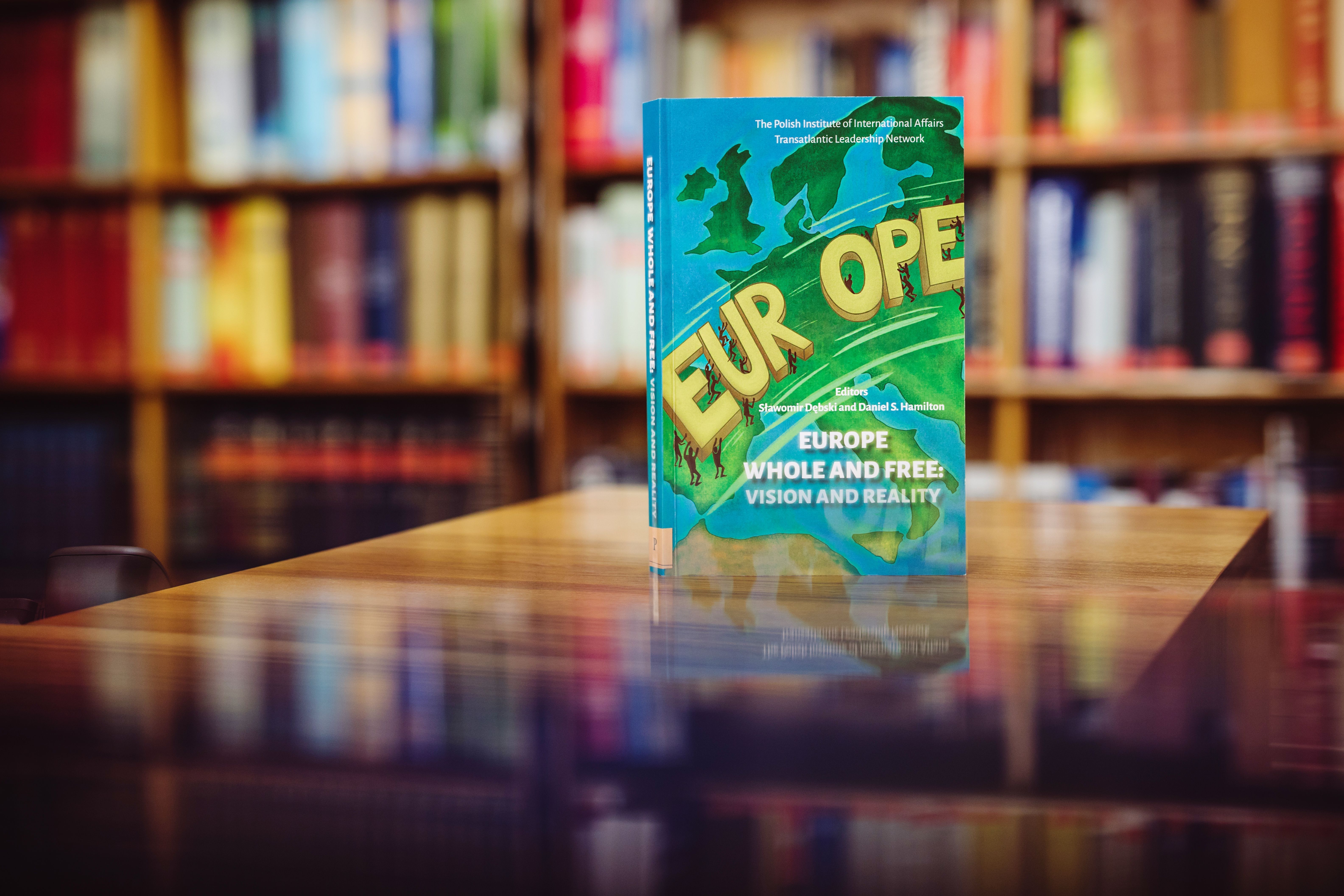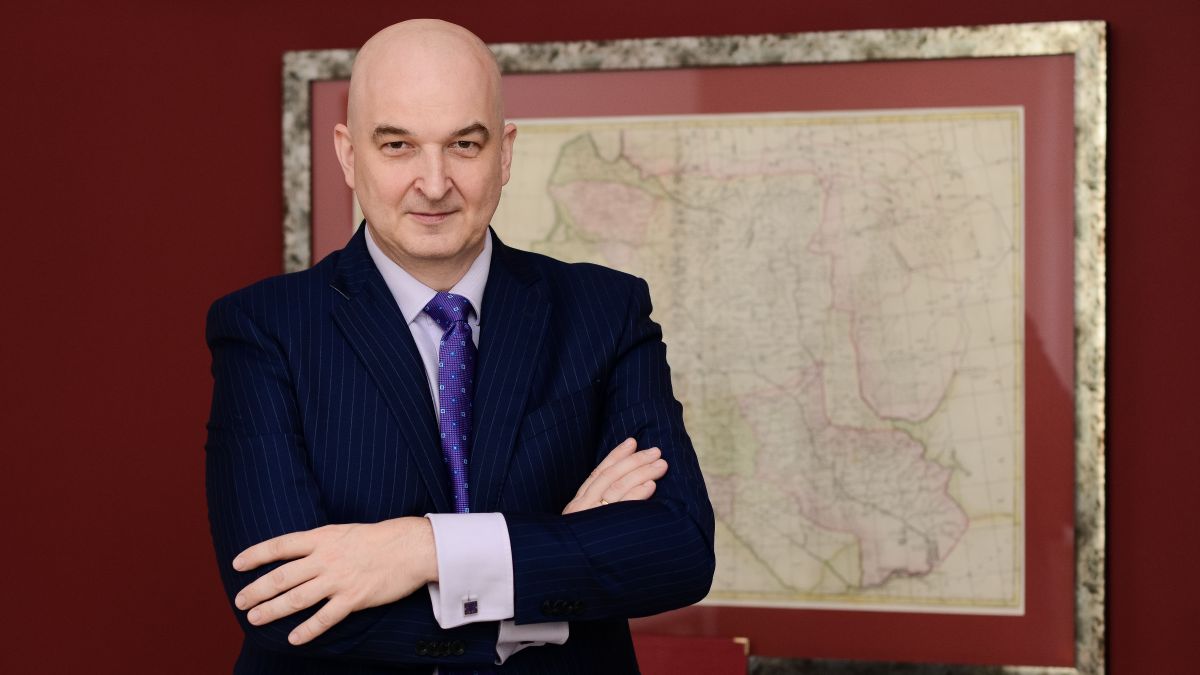Europe Whole and Free: Preface

In his May 1989 speech in Mainz, Germany, U.S. President George H.W. Bush announced that Europe and the world faced a great opportunity. For the first time since the end of the Second World War, there was a chance to end political and ideological rivalry, remove the Iron Curtain, unify Germany, and restore freedom to the peoples of Central Europe:
"In Poland, at the end of World War II, the Soviet Army prevented the free elections promised by Stalin at Yalta. And today Poles are taking the first steps toward real elections, so long promised, so long deferred. (…) As President, I will continue to do all I can to help open the closed societies of the East. We seek self-determination for all of Germany and all of Eastern Europe. And we will not relax, and we must not waver. Again, the world has waited long enough."
Indeed, Europe had been waiting for this moment since the end of World War II. 1945 brought freedom and peace to the peoples of Western Europe. However, the eastern part of the continent was choked with the iciness of the Cold War, cut off from the free part of Europe by an Iron Curtain, and incorporated into the Soviet sphere of influence. As the Hungarian poet Sándor Márai wrote about Central Europe’s experience: Soviet soldiers freed our lands, but they could not give us freedom because they themselves did not have it.
Europe had been divided because of divisions about Germany; the Iron Curtain was built as an outcome of the German problem. Therefore, the future of Europe, the dreams of its unification, and the freedom of nations left in the Soviet sphere of influence after Yalta were all associated with the need to overcome the division of Germany.
On the 40th anniversary of the Yalta conference, Zbigniew Brzezinski wrote:
Yalta is unfinished business (…) Thoughtful Europeans realize that the future of Europe is intertwined with the future of Germany and of Poland. Without spanning, in some non-threatening fashion, the division of Germany, there will not be a genuine Europe, but continuing Russian domination of Poland makes Russian control over East Germany geopolitically possible. Thus the relationship between Russia on the one hand and Germany and Poland on the other must be peacefully transformed if a larger Europe is ever to emerge.[1]
In May 1989, the president of the United States invited all political forces in Europe, including former rivals from across the Iron Curtain, to build a new community: Europe whole and free ... whose creation was to guarantee peace and optimal conditions for development.
Thirty years after presenting this vision, it is worth considering the significance of Bush’s vision for the history of transatlantic relations, for Europe and for the whole world. Only from the perspective of time can we assess how prophetic it was, what it really changed and to what extent it could be realised.
The reality is that 30 years on, despite tremendous progress, Europe as a continent is not entirely whole, free, or at peace. Some parts of the continent are more secure than at any time in the previous century. Others face conflict or are war zones. European borders have once again been changed by force. Vast parts of the continent are no longer under the thumb of domestic autocrats or foreign overseers, but Europe is not fully free. Europe is no longer divided as it had been, but new divisions have emerged, which means the continent is not entirely whole.
Is the vision of a united Europe still attractive? For whom? What else should be done to bring it closer to fruition? What does it depend on today? To address these questions, we turned to a group of several dozen outstanding American and European experts dealing with European issues, transatlantic relations, strategic problems and security. Some are practitioners, people who at various stages and in different capacities participated in attempts to implement the vision of Europe whole and free. Others constantly deal with issues that interest us and often face challenges associated with implementing Bush’s vision. Some authors are rising stars, experts who may in the future be responsible for the shape of the Old Continent, may influence the policy direction of their own countries and may participate in global debates on the nature and condition of peace and the means of its defence.
The authors we invited represent very different political perspectives and viewpoints. Everyone, however, is without exception bound by the conviction that overcoming divisions in Europe is a path toward the security of the continent and one worth seeking in the name of peace.
We thank our authors for their contributions and their insights. The views and opinions they express are their own and do not reflect or represent those of any institution or government.
To assist the reader, our authors’ answers have been grouped into three thematic sections: Roots, Institutions, and the Future. Citations are found in the endnotes, along with an index and short biographies of the authors. We also include as a key reference George H.W. Bush’s original Mainz speech.
This project was initiated and completed with the support of The Polish Institute of International Affairs (PISM) and the Transatlantic Leadership Network. Special thanks go to Andrzej Dąbrowski of PISM, who put a tremendous amount of work into coordinating this project. And a thank you to Dorota Dołęgowska, who heads the PISM publishing house, for watching over the publishing process.
We hope you enjoy the book.
Sławomir Dębski, Daniel S. Hamilton
[1] Z. Brzeziński, "A Divided Europe: The Future of Yalta," Foreign Affairs, Winter 1984/1985.


